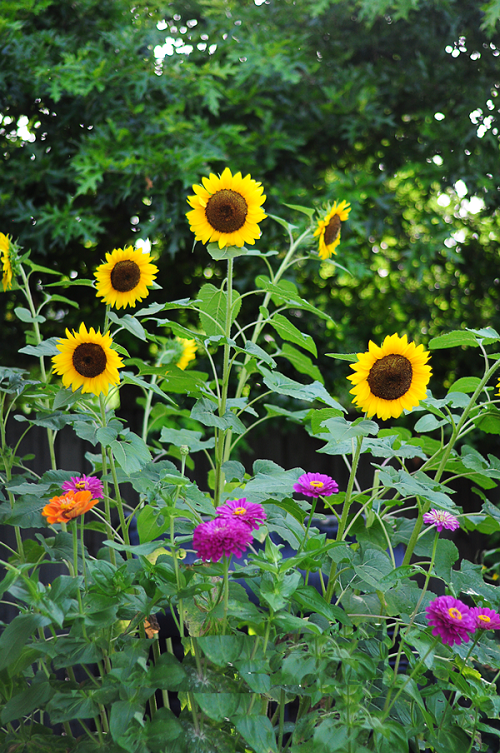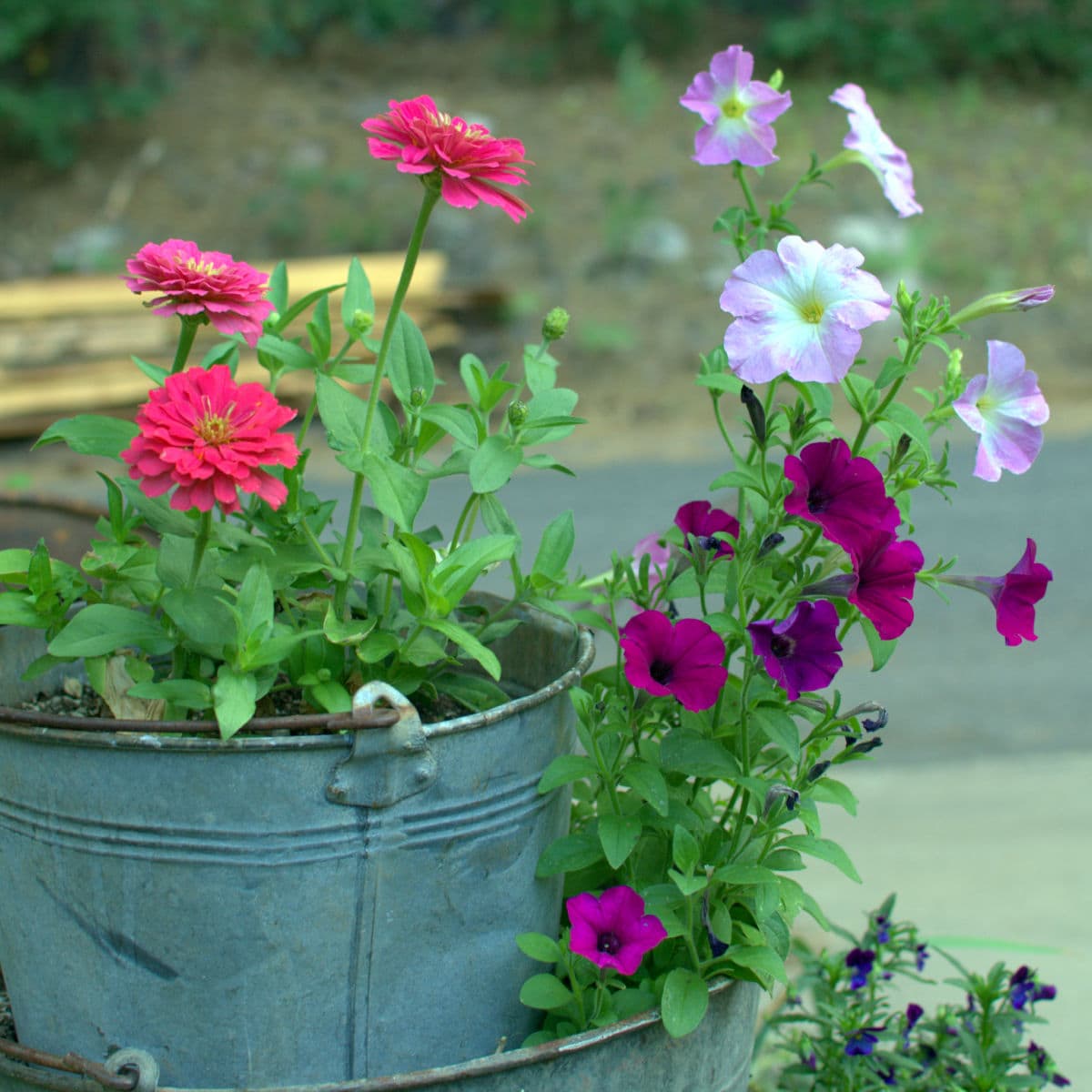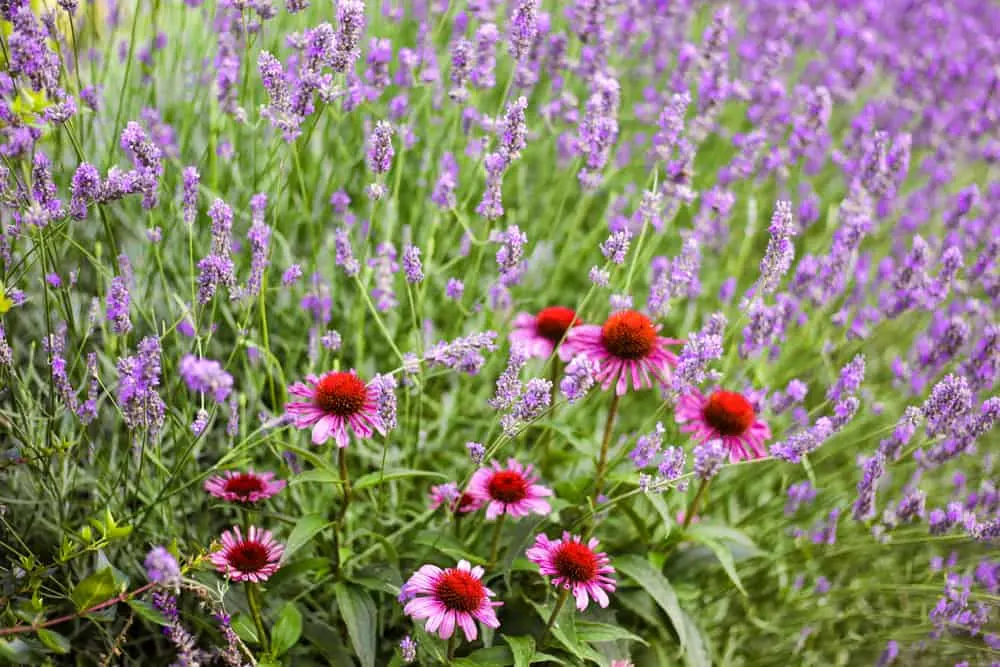Zinnias: The Perfect Companion Flowers
Zinnias: The Perfect Companion Flowers
Zinnias are one of the most popular annual flowers in the world, and for good reason. They are easy to grow, come in a wide variety of colors, and attract a lot of pollinators. But did you know that zinnias can also be great companion plants?
In this blog post, we will discuss the benefits of companion planting with zinnias, and we will give you some tips on how to choose the right companion plants for your garden.
Benefits of Companion Planting with Zinnias
There are many benefits to companion planting with zinnias. Here are a few of the most important ones:
- Attract pollinators: Zinnias are a magnet for pollinators, such as bees, butterflies, and hummingbirds. These pollinators are essential for a healthy garden, as they help to pollinate flowers and fruits.
- Distract pests: Zinnias can also help to distract pests from other plants in your garden. For example, marigolds and zinnias are often planted together because marigolds can help to repel pests that target zinnias.
- Improve soil health: Zinnias are nitrogen-fixing plants, which means that they can help to improve the soil health in your garden. Nitrogen-fixing plants add nitrogen to the soil, which can help other plants to grow healthier.
- Create a more diverse garden: Companion planting with zinnias can help to create a more diverse garden. This is important because a diverse garden is more resistant to pests and diseases.
Choosing the Right Companion Plants for Zinnias
When choosing companion plants for zinnias, there are a few things to keep in mind. First, you want to choose plants that have similar growing conditions. Zinnias need full sun and well-drained soil, so you want to choose companion plants that also have these requirements.
Second, you want to choose plants that will complement the colors of your zinnias. For example, if you have yellow zinnias, you might want to plant them with blue or purple flowers. This will create a more visually appealing garden.
Finally, you want to choose plants that will benefit each other. For example, marigolds can help to repel pests that target zinnias, so planting these two plants together is a good idea.
Some Good Companion Plants for Zinnias
Here are some good companion plants for zinnias:
- Marigolds: Marigolds are a great companion plant for zinnias because they can help to repel pests.
- Calendula: Calendula is another good companion plant for zinnias because it can help to repel pests and attract pollinators.
- Borage: Borage is a nitrogen-fixing plant, so it can help to improve the soil health in your garden.
- Cucumbers: Cucumbers and zinnias both love full sun and well-drained soil, so they make good companion plants.
- Tomatoes: Companion planting tomatoes with zinnias can improve pollination by attracting masses of bees.
Conclusion
Zinnias are a great choice for companion planting. They are easy to grow, come in a wide variety of colors, and attract a lot of pollinators. If you are looking for ways to improve your garden, consider companion planting with zinnias.
Zinnias are beautiful flowers that can add a splash of color to any garden. But did you know that they can also be beneficial to other plants in your garden? That's right, zinnias can actually make great companion plants.
There are a few different reasons why zinnias are good companion plants. First, they help to attract pollinators like hummingbirds, bees, and butterflies. These pollinators can help to pollinate other plants in your garden, which can improve their yields.
Second, zinnias can help to deter pests. For example, marigolds are a good companion plant for zinnias because they help to repel whiteflies.
Finally, zinnias can help to improve the soil quality in your garden. They release nitrogen into the soil, which can help other plants to grow better.
If you're interested in learning more about zinnia companion plants, I recommend visiting Gardenia Inspiration. This website has a comprehensive list of companion plants for zinnias, as well as information on the benefits of companion planting.
FAQ of zinnia companion
1. What are good companion plants for zinnias?
Zinnias are compatible with a wide variety of plants, but some of the best companion plants for them include:
- Marigolds: Marigolds help to repel pests, such as aphids and whiteflies.
- Cosmos: Cosmos attract pollinators, such as bees and butterflies.
- Calendula: Calendula helps to deter nematodes, which can damage zinnia roots.
- Petunias: Petunias help to attract beneficial insects, such as ladybugs.
- Lavender: Lavender helps to repel mosquitoes and other pests.
2. What are some plants that should not be planted near zinnias?
There are a few plants that should not be planted near zinnias, as they can compete for resources or attract pests. These plants include:
- Cucumbers: Cucumbers can spread a fungal disease called powdery mildew, which can also infect zinnias.
- Tomatoes: Tomatoes can attract the same pests as zinnias, such as aphids and whiteflies.
- Beans: Beans can produce a chemical that can stunt the growth of zinnias.
- Potatoes: Potatoes can attract the Colorado potato beetle, which can also damage zinnias.
3. How do zinnias benefit other plants?
Zinnias can benefit other plants in a number of ways. For example, they:
- Attract pollinators: Zinnias attract pollinators, such as bees and butterflies, which can help to pollinate other plants in the garden.
- Repel pests: Zinnias can help to repel pests, such as aphids and whiteflies, which can damage other plants.
- Provide shade: Zinnias can provide shade for other plants, which can help to protect them from the sun's harsh rays.
- Improve soil quality: Zinnias are known to improve soil quality by adding nitrogen and other nutrients.
4. What are some tips for planting zinnia companion plants?
When planting zinnia companion plants, it is important to consider the following factors:
- Planting spacing: Zinnias and their companion plants should be planted at the proper spacing to allow for adequate growth.
- Sun exposure: Zinnias and their companion plants should be planted in full sun.
- Soil type: Zinnias and their companion plants prefer well-drained soil.
- Watering needs: Zinnias and their companion plants need regular watering.
5. How do I care for zinnia companion plants?
Zinnias and their companion plants are relatively low-maintenance, but they still require some care. This includes:
- Watering: Zinnias and their companion plants need regular watering, especially during hot, dry weather.
- Fertilizing: Zinnias and their companion plants may need to be fertilized every few weeks.
- Deadheading: Deadheading zinnias will help to encourage more blooms.
- Pest control: Zinnias and their companion plants may be susceptible to pests, such as aphids and whiteflies. If pests become a problem, you may need to use insecticidal soap or neem oil.
Image of zinnia companion
5 different images of "zinnia companion" from Pinterest:
- Zinnias and sunflowers. These two flowers are often planted together because they bloom at the same time and have similar needs.

- Zinnias and cosmos. Cosmos are another popular companion plant for zinnias. They come in a variety of colors, so you can mix and match them to create a beautiful display.

- Zinnias and marigolds. Marigolds are known for their insect-repelling properties, so they can help to protect your zinnias from pests.

- Zinnias and lavender. Lavender is a drought-tolerant plant that can help to keep the soil around your zinnias moist.

- Zinnias and ornamental grasses. Ornamental grasses add height and texture to a zinnia garden.

Post a Comment for "Zinnias: The Perfect Companion Flowers"